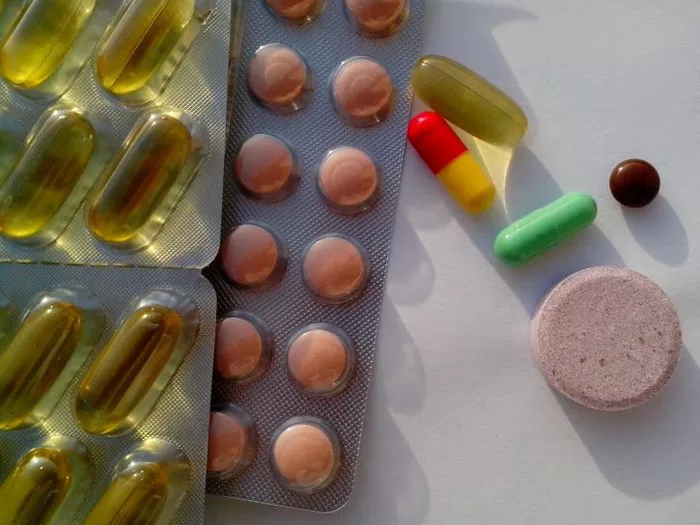Lip scars, whether caused by injury, surgery, or conditions like cleft lip or cold sores, can have a significant impact on one’s appearance and self-confidence. While some scars may fade over time, others may remain prominent and require intervention to improve their appearance. In this comprehensive guide, we explore the various methods and techniques available for repairing lip scars, restoring confidence, and achieving a more aesthetically pleasing appearance.
Understanding Lip Scar Types and Causes
Before delving into treatment options, it’s essential to understand the different types of lip scars and their underlying causes:
Hypertrophic Scars: Hypertrophic scars are raised, red or pink scars that form as a result of excessive collagen production during the healing process. They may occur following trauma, surgery, or certain skin conditions, and often remain raised above the surrounding skin level.
Atrophic Scars: Atrophic scars are characterized by a loss of tissue and indentation in the skin, resulting in a depressed or sunken appearance. They may occur due to injury, surgery, or conditions like acne or chickenpox.
Keloid Scars: Keloid scars are thick, raised scars that extend beyond the boundaries of the original wound. They occur when the body produces excessive collagen during the healing process, leading to the formation of a raised, often itchy and uncomfortable scar.
Non-Invasive Treatment Options
Non-invasive treatment options are often the first line of defense for repairing lip scars, particularly for mild to moderate cases. Here are some non-invasive treatment options to consider:
Topical Treatments: Over-the-counter or prescription topical treatments containing ingredients such as silicone, vitamin E, or onion extract may help soften and flatten hypertrophic scars over time. These treatments are typically applied directly to the scar and may require regular use for several weeks or months to see results.
Steroid Injections: Steroid injections are a common treatment for hypertrophic and keloid scars. The steroid medication is injected directly into the scar tissue, where it helps reduce inflammation and shrink the scar. Multiple injections may be required over several months to achieve optimal results.
Laser Therapy: Laser therapy uses targeted beams of light to break down scar tissue and stimulate collagen production, leading to smoother, more even skin texture. Different types of lasers may be used depending on the type and severity of the scar, with treatments typically spaced several weeks apart.
Minimally Invasive Procedures
For more severe or persistent lip scars, minimally invasive procedures may offer effective solutions. These procedures typically involve minimal downtime and can be performed on an outpatient basis. Here are some minimally invasive options to consider:
Microneedling: Microneedling, also known as collagen induction therapy, involves using a device with fine needles to create tiny punctures in the skin. This stimulates the body’s natural healing response, leading to increased collagen production and smoother, more even skin texture. Multiple treatments may be required for optimal results.
Dermal Fillers: Dermal fillers can be used to fill in atrophic scars and restore volume to the lips. Hyaluronic acid fillers are commonly used for this purpose, as they provide immediate results and can be easily tailored to achieve the desired outcome. Results typically last several months to a year, depending on the type of filler used.
Chemical Peels: Chemical peels involve applying a solution to the skin that exfoliates the outermost layers, revealing smoother, more even skin underneath. Superficial peels are often used to improve the appearance of mild scars and pigmentation irregularities, while deeper peels may be required for more severe scars.
Surgical Interventions
In cases of severe or persistent lip scars, surgical interventions may be necessary to achieve optimal results. Surgical procedures for repairing lip scars may include:
Scar Revision Surgery: Scar revision surgery involves surgically removing the scar tissue and repositioning the surrounding skin to minimize its appearance. This may involve techniques such as excision, tissue rearrangement, or skin grafting, depending on the size and location of the scar.
Z-plasty: Z-plasty is a specialized surgical technique used to reposition scars and improve their appearance. It involves creating Z-shaped incisions along the scar tissue, which allows the surgeon to redistribute tension and create a more natural-looking scar.
Lip Augmentation: In cases where lip volume has been affected by scarring, lip augmentation procedures may be performed to restore volume and symmetry to the lips. This may involve using dermal fillers, fat grafting, or surgical implants to enhance lip fullness and definition.
Aftercare and Maintenance
Regardless of the treatment approach chosen, proper aftercare and maintenance are essential for achieving optimal results and preventing recurrence of lip scars. Here are some tips for aftercare and maintenance:
Follow Your Provider’s Instructions: Be sure to follow your provider’s post-treatment instructions carefully, including any recommendations for wound care, activity restrictions, and follow-up appointments.
Protect Your Skin: Protect your lips from sun exposure by applying sunscreen or wearing protective clothing and accessories. Sun exposure can worsen the appearance of scars and increase the risk of hyperpigmentation.
Maintain a Healthy Lifestyle: Eat a balanced diet, stay hydrated, and get regular exercise to support overall skin health and healing. Avoid smoking, as it can impair circulation and delay wound healing.
Be Patient: It’s important to be patient and realistic about the results of scar repair treatments. Depending on the severity of the scar and the chosen treatment approach, it may take several weeks or months to see significant improvement.
Conclusion: Restoring Confidence and Self-Esteem
In conclusion, repairing lip scars is a multi-faceted process that requires careful consideration of the type and severity of the scar, as well as the individual’s aesthetic goals and preferences. With a combination of non-invasive treatments, minimally invasive procedures, and surgical interventions, it’s possible to significantly improve the appearance of lip scars and restore confidence and self-esteem. By working closely with a qualified healthcare provider and following proper aftercare guidelines, individuals can achieve smoother, more even skin texture and embrace their natural beauty with renewed confidence.
With these comprehensive treatment options and aftercare tips in mind, individuals with lip scars can take proactive steps towards achieving smoother, more even skin texture and embracing their natural beauty with confidence.
[inline_related_posts title=”You Might Be Interested In” title_align=”left” style=”list” number=”6″ align=”none” ids=”6462,6172,6169″ by=”categories” orderby=”rand” order=”DESC” hide_thumb=”no” thumb_right=”no” views=”no” date=”yes” grid_columns=”2″ post_type=”” tax=””]

































